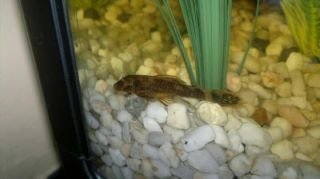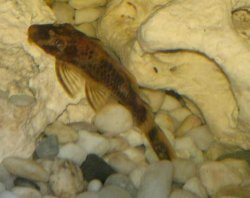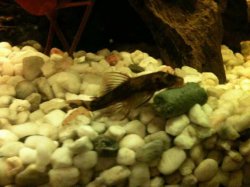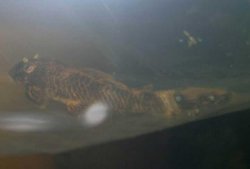Rover fish
Fish Fanatic
- Joined
- Oct 22, 2011
- Messages
- 63
- Reaction score
- 0
hi there everyone
im pretty new to this forum and new to keeping tropical fish.
Ive just purchased a Bristlenose pleco and the reason i chose the one i did is because the shop keeper told me that out of all the ones he had this one was a natural breed and he said it had a L number. My questions are, What is an L number for? and What will the L number of my pleco be? (the pleco seems to have what looks like a yellow line running down the spine with it turning into a band which runs round it body just before the caudal fin).
Btw ive fell in love with this fish already and its not even in the tank yet.
(sorry cant get a pic at the moment but will try if the description is not clear enough)
im pretty new to this forum and new to keeping tropical fish.
Ive just purchased a Bristlenose pleco and the reason i chose the one i did is because the shop keeper told me that out of all the ones he had this one was a natural breed and he said it had a L number. My questions are, What is an L number for? and What will the L number of my pleco be? (the pleco seems to have what looks like a yellow line running down the spine with it turning into a band which runs round it body just before the caudal fin).
Btw ive fell in love with this fish already and its not even in the tank yet.

(sorry cant get a pic at the moment but will try if the description is not clear enough)


 /en.wikipedia.org/wiki/L-number
/en.wikipedia.org/wiki/L-number


